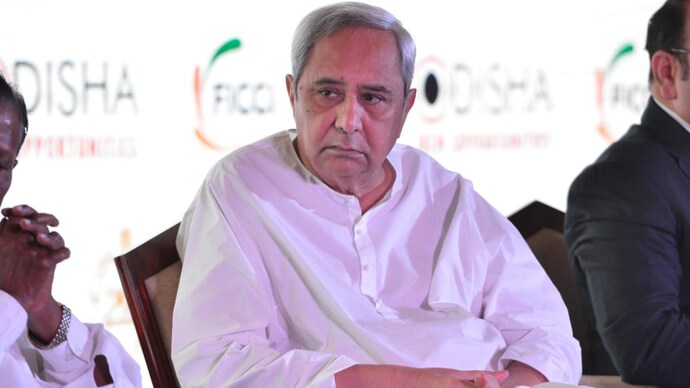Why Naveen Patnaik didn’t ask PM Modi for Cyclone Yaas aid
The Odisha chief minister said he didn’t want to burden the central exchequer. His state’s well-oiled disaster response mechanism has ensured zero loss of life during the cyclone.

 On May 28, Odisha chief minister Naveen Patnaik assured Prime Minister Narendra Modi there was no immediate need for the Centre to open its purse strings for his state to provide aid for Cyclone Yaas. Patnaik reportedly conveyed this at a review meeting with Modi following the PM’s aerial survey of the north coast and central Odisha affected by the cyclone, which made landfall on May 26. “We can handle it ourselves. We have enough for the moment,” he reportedly said.
On May 28, Odisha chief minister Naveen Patnaik assured Prime Minister Narendra Modi there was no immediate need for the Centre to open its purse strings for his state to provide aid for Cyclone Yaas. Patnaik reportedly conveyed this at a review meeting with Modi following the PM’s aerial survey of the north coast and central Odisha affected by the cyclone, which made landfall on May 26. “We can handle it ourselves. We have enough for the moment,” he reportedly said.
The same day, the Odisha chief minister tweeted further on the matter: “As the country is at the peak of Covid-19 pandemic, we have not sought any immediate financial assistance to burden the central government and would like to manage it through our own resources to tide over the crisis.”
While appreciative of Patnaik’s gesture, Modi announced an advance package of Rs 500 crore for Odisha from the NDRF (National Disaster Response Force) kitty whereas cyclone aid for West Bengal and Jharkhand has been around Rs 250 crore each. Bengal chief minister Mamata Banerjee has pegged losses from the cyclone in her state at Rs 20,000 crore. At a press conference on May 29, Mamata, however, said she had neither asked for any aid from the Centre nor was expecting any assistance from it.
Odisha is known to deal efficiently with natural calamities and bounce back with minimum loss of life. Having faced over half a dozen severe to very severe cyclones between 1999 and 2021, the state always remains prepared for one. This time too, the administration evacuated 700,000 people from the coastal and low-lying areas in the path of the cyclone. Around 150 villages were marooned by a tidal surge of over 15 feet and thousands of kuccha homes were damaged. However, there were no reports of death from these areas.
Odisha chief secretary Suresh Mohapatra told INDIA TODAY that the state government will carry out post-cyclone rebuilding work using 50 per cent of the Rs 600 crore available under the State Disaster Relief Fund. “[The other] 50 per cent of this amount is being used for tackling Covid. Now, with the Rs 500 crore assurance from the Centre, I think there will be enough [funds] for us,” Mohapatra said.
Elaborating on the relief work, he said: “The electricity network has suffered extensive damage, but since we had deployed men and material, such as transformers, electricity poles and wires, at the sites of destruction beforehand, power could be restored to 77 per cent of the consumers within 24 hours and to 80 per cent within 48 hours.”
This was possible because the administration had deployed 10,000 workers as well as sent 25,000 electricity poles, 3,000 km worth of electric wires and transformers for prompt relief work. This apart, 600 generators were mobilised to supply drinking water in the affected areas. Around 600 teams were formed to attend to drinking water issues arising from submergence of areas. Teams were also deployed clear roads of uprooted trees.
The Covid hospitals in the affected areas were provided power back-up, allowing power to be quickly restored after the cyclone. Pregnant mothers expecting to deliver around the scheduled date of the cyclone or 15 days later were shifted to hospitals to avoid last-minute emergencies. “About 2,500 women, expecting delivery, were admitted two days before the cyclone. Around 750 babies were born in Odisha during the cyclone,” Mohapatra said.
Read India Today magazine by downloading the latest issue: https://www.indiatoday.com/emag
